It seems we can’t find what you’re looking for. Perhaps searching can help.
Sign Up for newsletter!
Subscribe to get the latest eBook!
Hotline






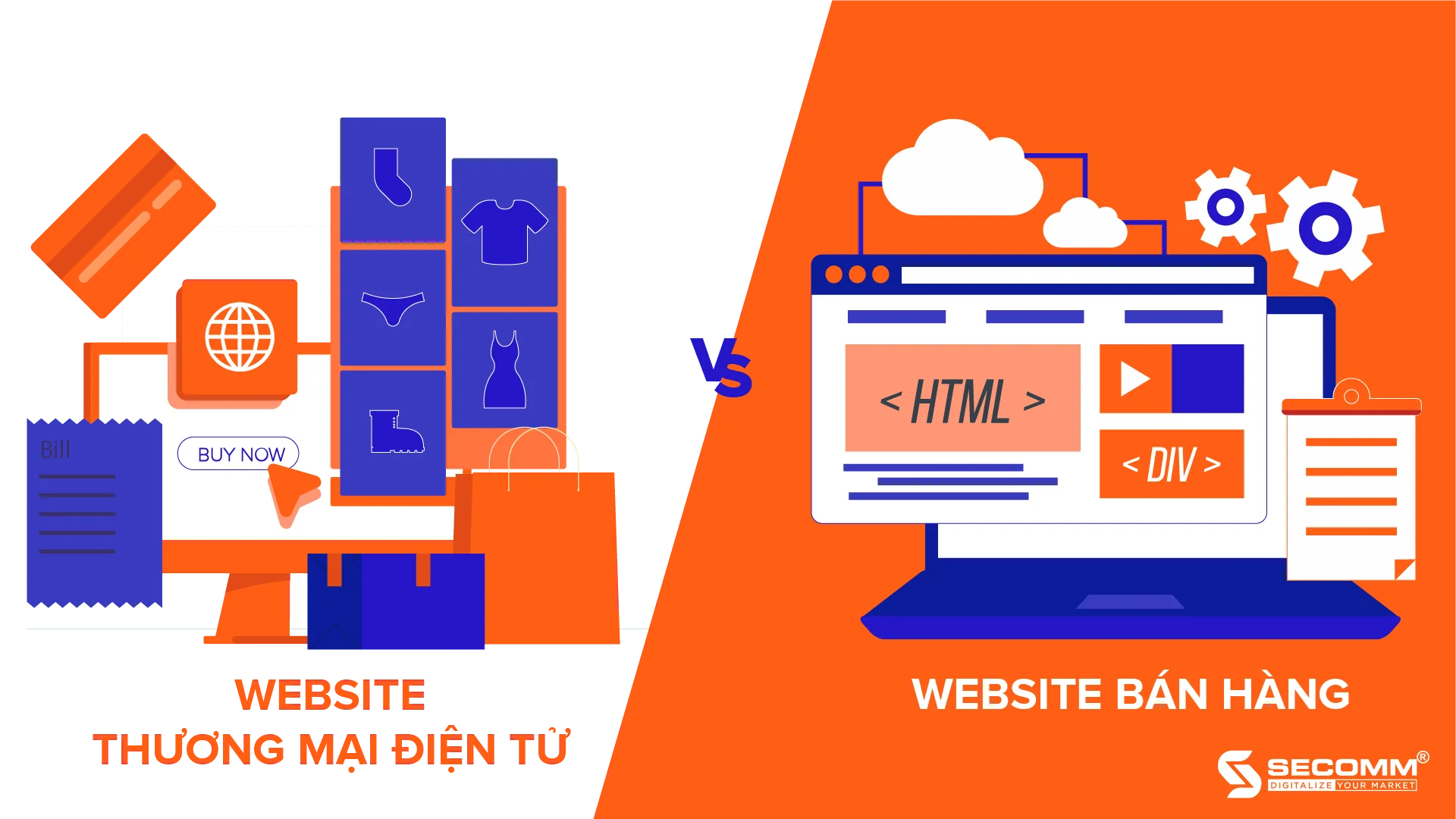
Ecommerce websites and online shopping websites both serve the purpose of buying and selling products and services online for businesses.
So:
An e-commerce website is established to serve the entire process of selling goods or providing services, from providing information and introducing the business, products or services, to supporting payment and post-purchase services. In particular, the payment feature on e-commerce websites is executed through multiple steps and follows certain standards. On the other hand, shopping websites mainly provide information about the store, business, or the products and services offered.

In terms of scale, e-commerce websites typically have a diverse range of product categories and services. In contrast, shopping websites usually only deal with a specific set of products or areas, so the scale is generally small to medium.
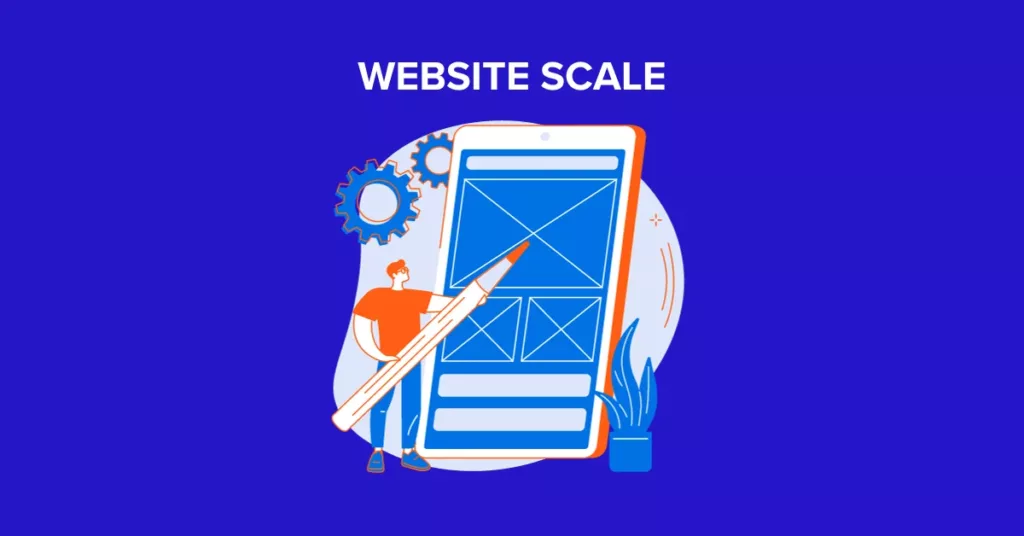
To present a variety of products, and services to customers, and support businesses in managing their online business systems, e-commerce websites need a complex back-end operating system (data access layer) with integrated functions such as customer management, product category management, analysis and reporting, SEO support, Ecommerce Marketing, Omni-channel (ecommerce platforms such as Shopee, Lazada, Tiki, Sendo; social networks such as Facebook, Zalo, Tiktok, Linkedin, and individual e-commerce websites…) online payment, and shipping services. In contrast to e-commerce websites, shopping websites primarily introduce businesses and products, so they do not require the integration of many supporting features.
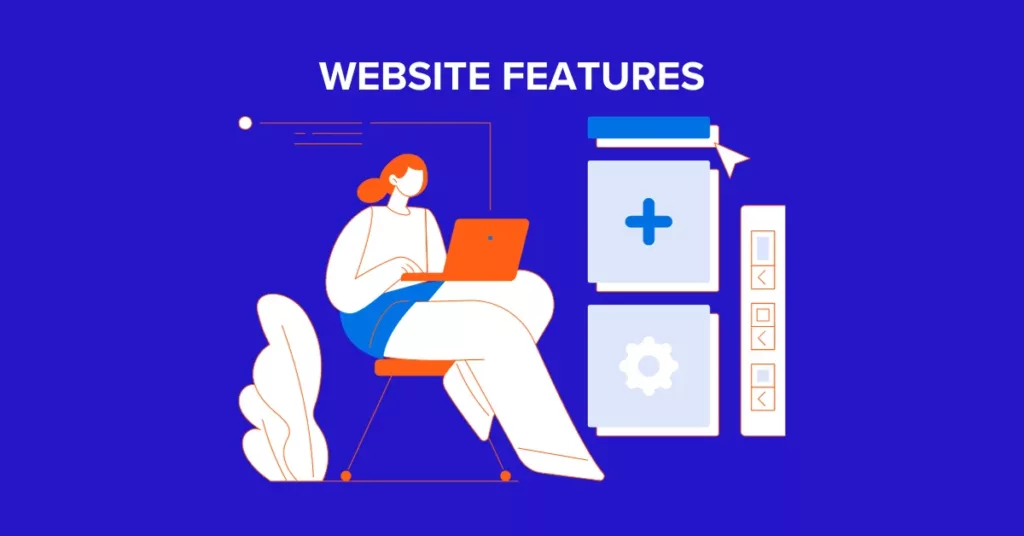
The interface of ecommerce websites is usually focused on and designed meticulously with a standardized UI, UX. Not only eye-catching, professional, and impressive, the interface of ecommerce websites also needs to demonstrate the complex features underlying the system and provide an optimal online shopping experience for users. Shopping websites have a simple interface and operational functions because they focus on only one type of product or specific area.
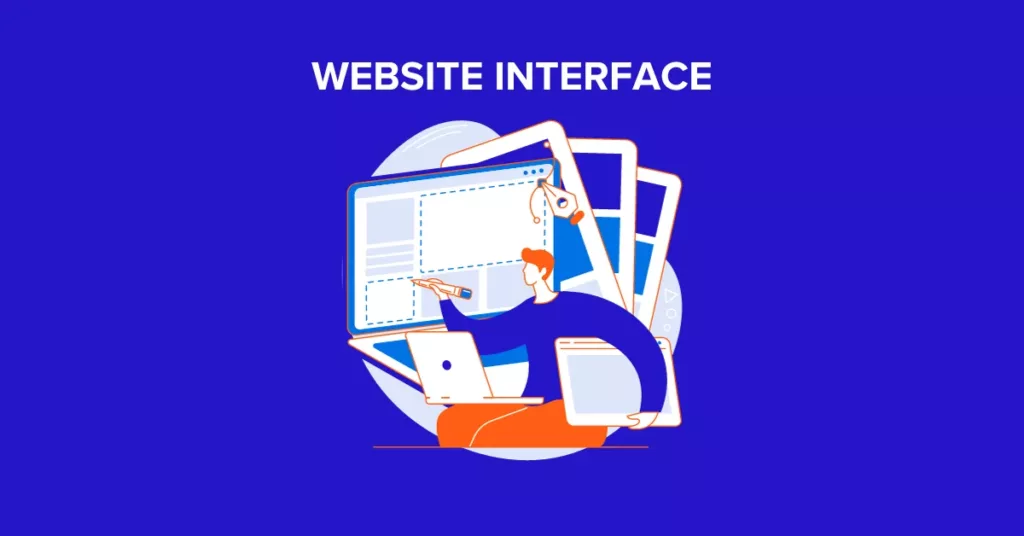
With a professional interface and a complex feature system, the investment cost for designing e-commerce websites is generally higher than for shopping websites. Especially for websites with a diverse feature set, the costs can be even higher. Regarding shopping websites, the development cost is usually lower as they are developed from a simple platform and sometimes do not require much specialized knowledge.
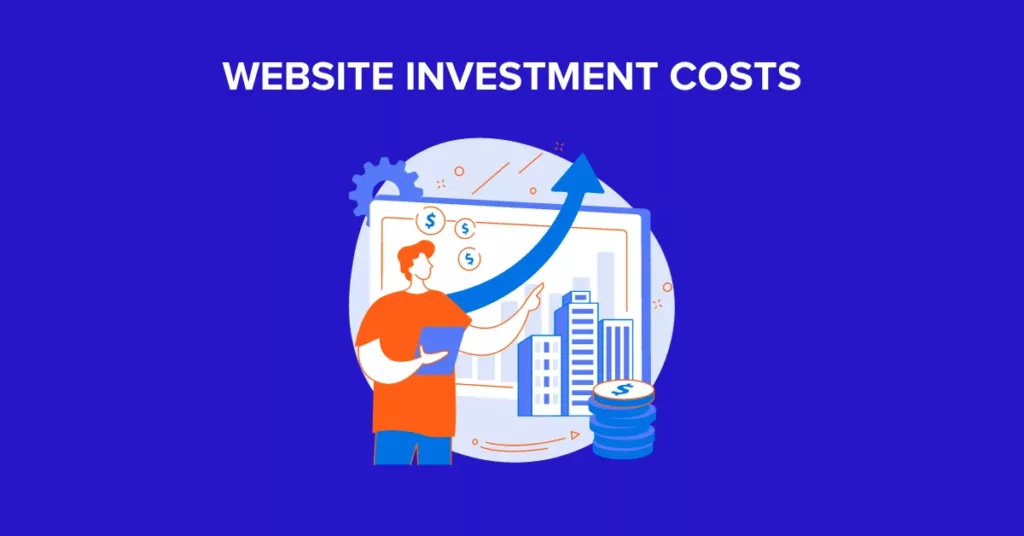
In summary, shopping websites are suitable for businesses that deal with a few products, services, or a specific industry group, do not require many complex features, and need to save website construction costs.
On the other hand, e-commerce websites are suitable for businesses with a diverse range of products and services, have the need to develop an ecommerce system for long-term business and budget savings, have specific growth goals, and have the financial capacity to enter the ecommerce market.
 2
2
 3,849
3,849
 0
0
 1
1Subscribe to get the latest eBook!
Hotline